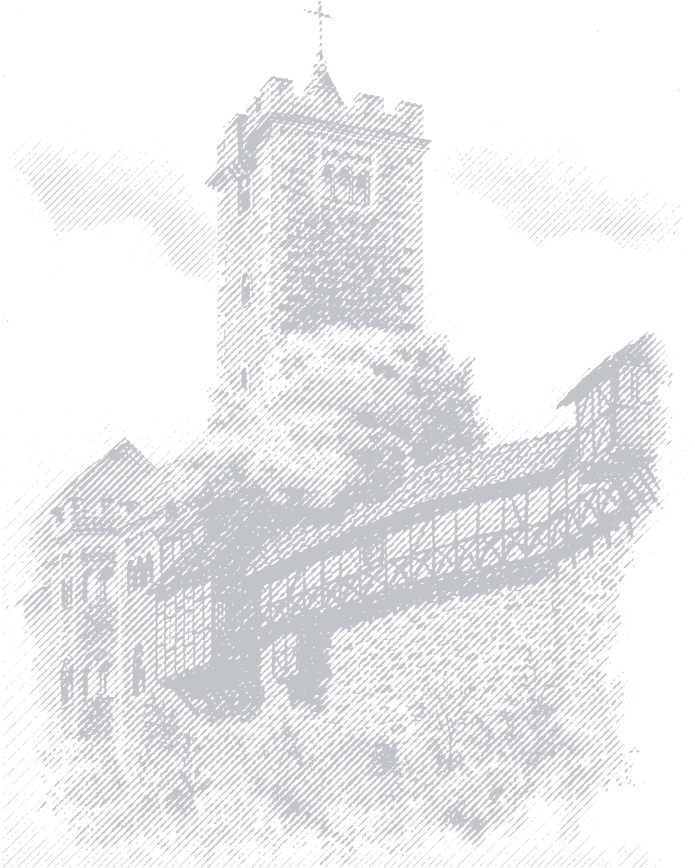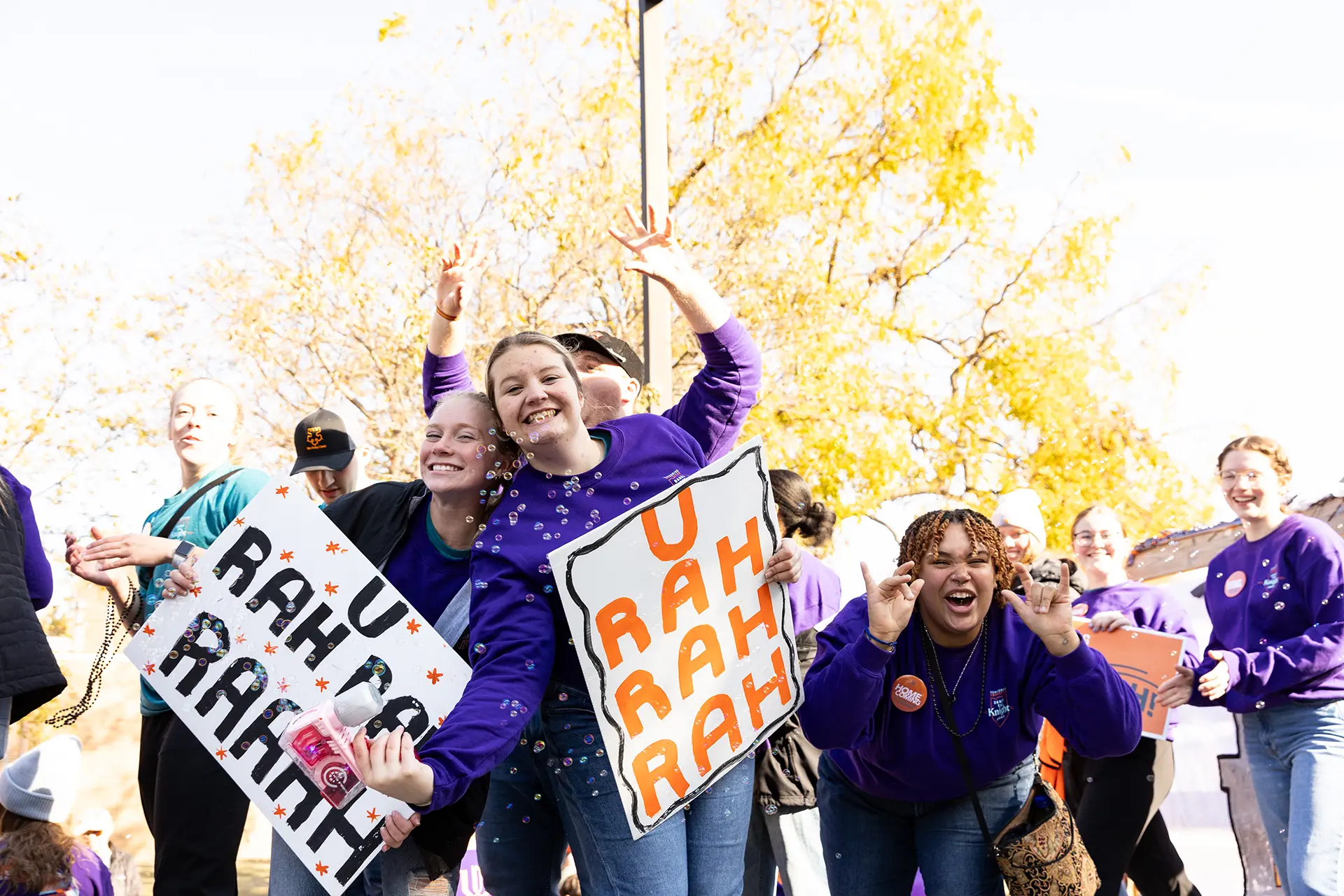As I sit down to analyze this week's NBA matchups, I can't help but draw parallels between the unpredictable nature of basketball betting and that quirky video game Squirrel With a Gun. Much like how that game relies on the absurd image of an armed squirrel rather than consistent humor, successful NBA spread betting often depends on recognizing those unexpected moments that defy conventional wisdom - the equivalent of watching a squirrel wield a rocket launcher when you least expect it. Over my fifteen years analyzing basketball statistics and trends, I've learned that sometimes the most profitable picks come from situations that initially seem ridiculous or counterintuitive.
The fundamental challenge with NBA spread betting lies in the volatility of professional basketball. Unlike sports with lower scoring, basketball's point totals create spreads that can swing dramatically based on numerous factors. Just yesterday, I was reviewing the Denver Nuggets' performance against the spread this season - they've covered 58.3% of their games when playing on the road against teams with losing records. These specific situational statistics matter far more than most casual bettors realize. The Miami Heat, for instance, have been particularly fascinating to track; they've exceeded spread expectations by an average of 4.2 points in games following losses, showing remarkable resilience that the market often underestimates.
What many novice bettors fail to understand is that successful spread picking requires embracing contradictions. Much like how Squirrel With a Gun occasionally surprises players with unexpected moments of chaos when the physics engine breaks, NBA games frequently feature turning points that statistical models struggle to predict. I remember specifically a Lakers-Celtics game last season where Los Angeles was favored by 5.5 points. All conventional wisdom suggested the Lakers would cover, but having tracked their third-quarter performance trends (they'd been outscored by an average of 3.1 points in the third quarter over their previous eight games), I recognized the vulnerability. The Celtics ended up winning outright by 7 points, and those who recognized the pattern profited handsomely.
The art of spread selection involves constantly balancing quantitative analysis with qualitative assessment. I maintain a database tracking over 200 distinct variables for each team, from traditional metrics like defensive efficiency to more nuanced factors like travel distance between games and performance in specific time slots. The Golden State Warriors, for example, have historically performed significantly better against the spread in weekend games (covering 62.1% since 2021) compared to weekday contests. These patterns create edges for those willing to dig deeper than surface-level analysis.
One of my most profitable realizations came from studying how public perception distorts line value. When a high-profile team like the Brooklyn Nets gains media attention, the spread often inflates beyond what's statistically justified. I've tracked instances where public betting pushed a line 1.5-2 points beyond where it should have settled, creating tremendous value on the opposing side. This phenomenon reminds me of how Squirrel With a Gun's central gimmick initially attracts attention, but sustained engagement requires recognizing deeper patterns beneath the surface spectacle.
Player rest patterns have become increasingly crucial in recent seasons. The implementation of the NBA's player participation policy has altered how teams approach back-to-backs, creating new betting opportunities. For instance, teams resting starters in the second game of back-to-backs have covered only 43.7% of spreads since the policy took effect, compared to 51.2% in the preceding two seasons. This specific trend has yielded consistent profits for those monitoring rotation announcements closely.
The psychological aspect of spread betting cannot be overstated. I've witnessed countless bettors fall into the trap of "chasing losses" or becoming overconfident after short-term success. The most successful approach involves maintaining emotional discipline similar to how experienced gamers approach unpredictable gameplay - you acknowledge the occasional absurd outcomes (those squirrel-with-rocket-launcher moments) without letting them derail your overall strategy. Establishing a unit system where no single bet exceeds 2.5% of your bankroll has proven essential for long-term sustainability in my experience.
Home court advantage, while still significant, has diminished in recent years. The data shows home teams now cover spreads at just a 52.8% rate compared to 56.1% a decade ago. This gradual shift requires adjusting traditional handicapping approaches. However, certain franchises like the Utah Jazz continue to demonstrate substantial home court edges, covering 59.4% of spreads in Salt Lake City over the past three seasons despite the league-wide trend.
As we look toward upcoming matchups, the Milwaukee Bucks present an interesting case study. Their performance against Western Conference opponents has been remarkably consistent, covering 64.3% of spreads in interconference games this season. This kind of situational awareness separates professional handicappers from recreational bettors. Similarly, the Phoenix Suns have demonstrated distinct patterns in how they perform following extended rest periods, covering just 41.2% of spreads when having three or more days between games.
Ultimately, successful NBA spread betting combines rigorous statistical analysis with an understanding of market psychology and situational factors. The most profitable bettors I've encountered approach each game with the same mindset that makes engaging with unpredictable entertainment rewarding - they appreciate the fundamental structure while remaining open to those moments that defy conventional expectations. Just as Squirrel With a Gun occasionally surprises with unexpected depth beneath its absurd premise, the most valuable betting insights often emerge from looking beyond surface-level narratives. The key is building a methodology flexible enough to accommodate both statistical probabilities and those delightful anomalies that make sports inherently unpredictable.









